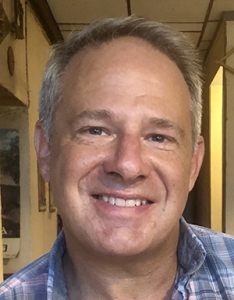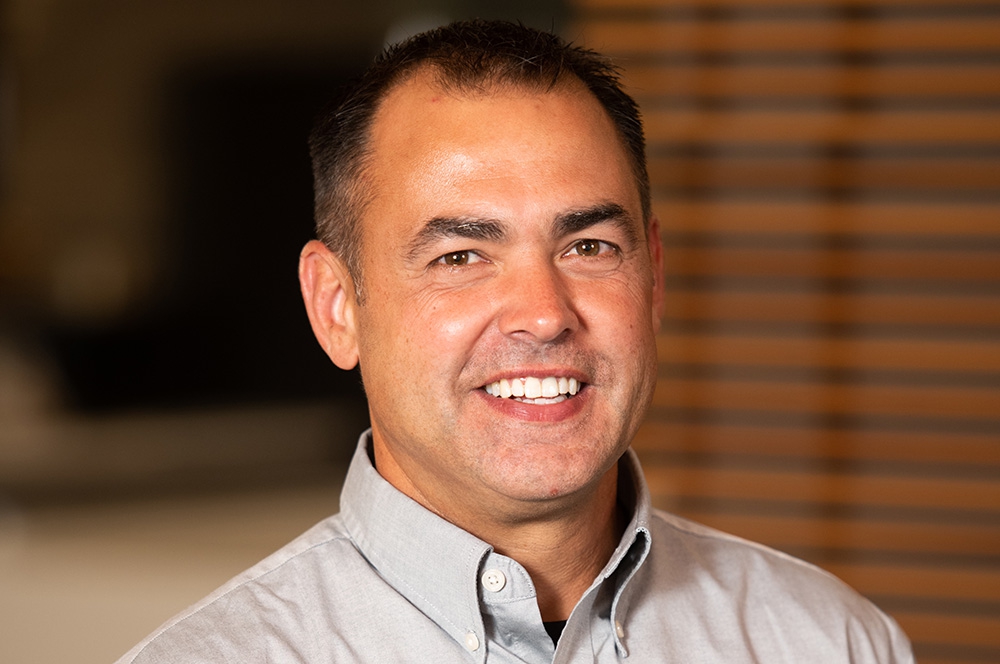Specifically Speaking with Robert Voisard, ICT Team Leader at Woolpert

By Paul Ragusa
Updated 11:11 AM CST, Wed March 2, 2022

YARMOUTH, Maine—This month’s Security Systems News’ Specifically Speaking column on Robert Voisard, ICT Team Leader at Woolpert, based in Dayton, Ohio, gives a glimpse into his evolution within the security consulting world over the past 10 years.
SSN: What's your title and role at Woolpert?
VOISARD: While my official title at Woolpert is Information and Communications Technology (ICT) Team Leader, I also spend my day working as a technology designer and sometimes as an electrical designer since I am a licensed Professional Engineer (PE) and a Registered Communications Distribution Designer (RCDD).
SSN: What kinds of systems do you design/specify and what services does the company provide?
VOISARD: I spent over 10 years designing a variety of electrical systems, including lighting and power distribution. During the past year, I began working strictly on low-voltage solutions such as telecommunications, access control, security and non-wire-related cybersecurity. With over 60 offices on four continents, Woolpert provides a full range of architecture, engineering and geospatial (AEG) services to clients across the globe.
SSN: What vertical markets does the company specialize in? Any interesting projects that you can mention?
VOISARD: Woolpert provides services to the public, private and federal sectors. We work within the aviation, education, energy, federal government, maritime, national security, parks and recreation, private development, state and local government, transportation and water markets across the U.S. and internationally. While I would like to mention specific projects I’m currently working on, due to security reasons, I’ll have to leave it at some really cool stuff for the U.S. military.
SSN: How did you get started in security and designing/specifying?
VOISARD: My entry into designing and specifying security systems took a less-than-traditional route. After I graduated from college with a degree in electrical engineering, I accepted a job at a civil engineering/land development firm (mainly because I was skilled at using AutoCAD). After about nine years, the housing market collapsed and land development slowed, so I was motivated to find a new job. Luckily, I discovered an A/E firm that needed an electrical engineer with AutoCAD experience. While I had strong AutoCAD skills, I had yet to practice the electrical aspect of engineering. It ended up working out perfectly because the firm already had someone who knew electrical engineering but not AutoCAD, so we teamed up to help each other. The firm’s main design focus at the time was K-12 schools in Ohio. Not only did their electrical engineers design power and lighting, but they were also responsible for designing security systems (access control, intrusion detection and video surveillance).
I continued my career at a larger engineering firm, performing essentially the same duties for the higher education and healthcare markets. I moved into commissioning for both low-voltage systems and power and lighting systems (in addition to my regular design work). After a few years, I moved onto Woolpert where I started out designing power and lighting systems. I saw a gap in our low-voltage offerings, so my discipline leader helped me launch a dedicated ICT team. Woolpert’s ICT team has been in place for nearly a year and a half, and we continue to grow it and expand our offerings for our clients.
SSN: Can you talk about what new or emerging technologies you are seeing or specifying today?
VOISARD: I am excited about the evolution of existing products as well as how manufacturers are creating easier, more user-friendly installation methods. Simpler installations encourage end users to add more technology, whether it be A/V in conference rooms, increased wireless capabilities, new electronic security or even upgrades to their existing systems. Companies, schools, parks and other private and public spaces are increasingly expanding their safety measures to make everyone feels safe, no matter where they are.
SSN: What is your view on the industry moving forward?
VOISARD: I’m both excited and worried about the industry moving forward. While physical (doors and locks) and electronic (access control) security continue to expand existing offerings and improve technology, I think cybersecurity poses some big challenges. The world’s increasing dependence on connected devices opens the door for cyber hacking and compromised security. Not only are businesses being targeted, but now electrical grids, water services, other public utilities, homes, vehicles and anything “smart” are also at risk. These new threats require the public to become more vigilant to help minimize the risk of cyberattacks or sensitive data breaches. The need for cybersecurity is here to stay, and I do believe that with proper education, many risks can be minimized.
Specifically Speaking, a Security Systems News monthly column, features Q-and-A with a security consultant provided to SSN by SecuritySpecifiers.
Comments